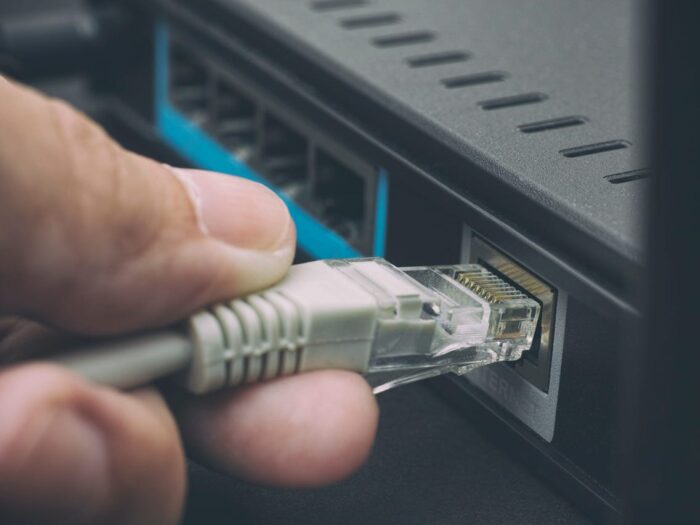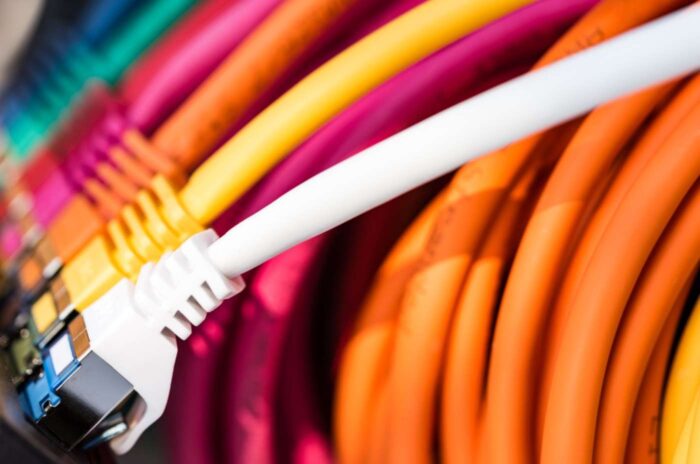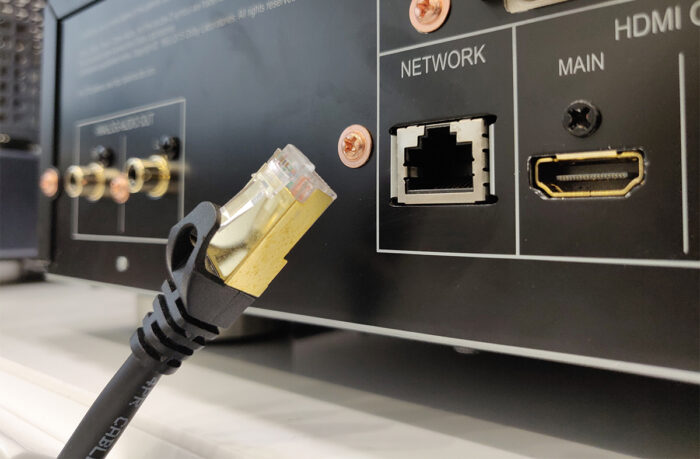
Streaming services have become an integral part of our entertainment lives, providing a vast array of movies, TV shows, and live content at our fingertips. However, nothing is more frustrating than encountering buffering issues or pixelated videos when trying to enjoy our favorite shows.
The solution lies in optimizing your Ethernet connection for streaming. In this blog post, we will delve into the basics and benefits of Ethernet for streaming, guide you on choosing the right Ethernet cable, setting up a dedicated connection, optimizing router settings, and troubleshooting common streaming issues for an uninterrupted viewing experience.
Understanding Ethernet for Streaming: Basics and Benefits

Ethernet is a high-speed wired connection that offers a more reliable and stable internet connection compared to Wi-Fi. When it comes to streaming, a stable Ethernet connection is vital to prevent buffering and ensure a smooth viewing experience.
Ethernet provides consistent and higher bandwidth, reducing latency and packet loss. Additionally, it minimizes interference from other devices, making it ideal for heavy data transfer tasks like rilling high-definition content.
Choosing the Right Ethernet Cable for Optimal Streaming

Selecting the appropriate cable is crucial for maximizing streaming performance. There are various types of cables, including Cat5, Car53, Cat6, and Cat7, each with differing capabilities.
For optimal streaming, it is recommended to use at least a Cat6 cable, as it can handle higher data speeds and provides better shielding against electromagnetic interference.
Cat7 cables offer even higher performance, but they may come at a higher cost. Invest in quality cables from reputable brands to ensure reliable data transmission and a seamless rilling experience.
Setting Up a Dedicated Ethernet Connection for Streaming

To further enhance your streaming experience, consider setting up a dedicated Ethernet connection for your streaming device.
This involves connecting your running devices, such as a smart TV or gaming console, directly to the router using an Ethernet cable. By doing so, you eliminate potential signal interference from other devices connected to the Wi-Fi network.
Optimizing Router Settings for Improved Streaming Performance
Apart from using cables, optimizing your router settings can significantly impact streaming performance. Start by placing the router in a central location to ensure even coverage throughout your home.
Keep it away from obstructions and electronic devices that could interfere with the signal. Additionally, updating your router’s firmware regularly ensures you have the latest performance improvements and security patches.
Prioritize Quality of Service (QoS) settings to allocate more bandwidth to rilling services, minimizing the impact of other internet activities on your viewing experience.
Conclusion
In conclusion, optimizing your Ethernet connection for streaming services is key to enjoying uninterrupted entertainment.
By understanding the basics of Ethernet, choosing the right cable, setting up a dedicated connection, and optimizing router settings, you can eliminate common streaming issues and elevate your viewing experience to new heights.
Invest in quality equipment, stay proactive in maintaining your setup, and get ready to binge-watch your favorite shows with unrivaled clarity and speed!








